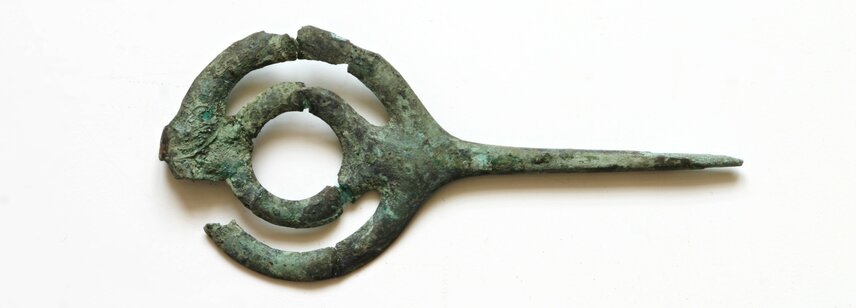Archaeological discoveries and areas with archaeological discoveries
Archaeological finds can be made throughout the entire territory of our country - which has been inhabited or otherwise used by humans from the beginning of mankind to the present day. Therefore, archaeologists use the term "area with archaeological finds" for the entire territory of the country in accordance with the Heritage Protection Act.
Archaeological finds are not only valuable and valuable objects, but also information that a professionally educated archaeologist obtains by documenting and studying the context and circumstances of the find. It is these that tell the most about the development of settlement in the landscape and the events and happenings that time has buried. Moreover, some finds are very inconspicuous - for example, they may be the field relief of a medieval road, a mill site, a glassworks, and so on.
Archaeologists will ensure that this information is not lost through accidental excavation, for example. It is therefore necessary to notify them of your intention before any ground disturbance (usually construction work) so that they can carry out archaeological research. The law authorises the archaeological institutes of the Academy of Sciences of the Czech Republic, but also the National Heritage Institute and some museums, universities and public benefit societies.

However, even with a highly professional retrieval, the finding aids are irreversibly destroyed, which is why every research must be approached with great responsibility and erudition. Only in this way will it provide maximum information, and the actual destruction of the source of information will be compensated by a high level of knowledge.
This is also the reason why one cannot agree to so-called metal detector surveys. Finds reduced by a layman without professional erudition to a mere object, without context and finding circumstances, and therefore practically without the possibility of further scientific evaluation, mean the definitive disappearance of irreplaceable values. It is difficult to date, spatially classify, and use the recovered objects to learn about the past. This is why metal detector surveys, if carried out by a person other than an authorised body, are criminal in the context of our law.
The single "repository" for all archaeological data is ISAD - the Information System on Archaeological Data. It serves experts from the National Heritage Institute, interested parties in the field of conservation, state and public administration and the public.
The owners of finds recovered from the ground are usually the regions, in some cases the state or municipality. This means that archaeological finds are public property - those recovered, but also those still hidden in the ground! Nevertheless, if they are accidentally found (for example, in a tree uproot or during agricultural work in the field), the finder is entitled to a reward based on their cultural and historical value, possibly amounting to 10% of the value of the precious metal.